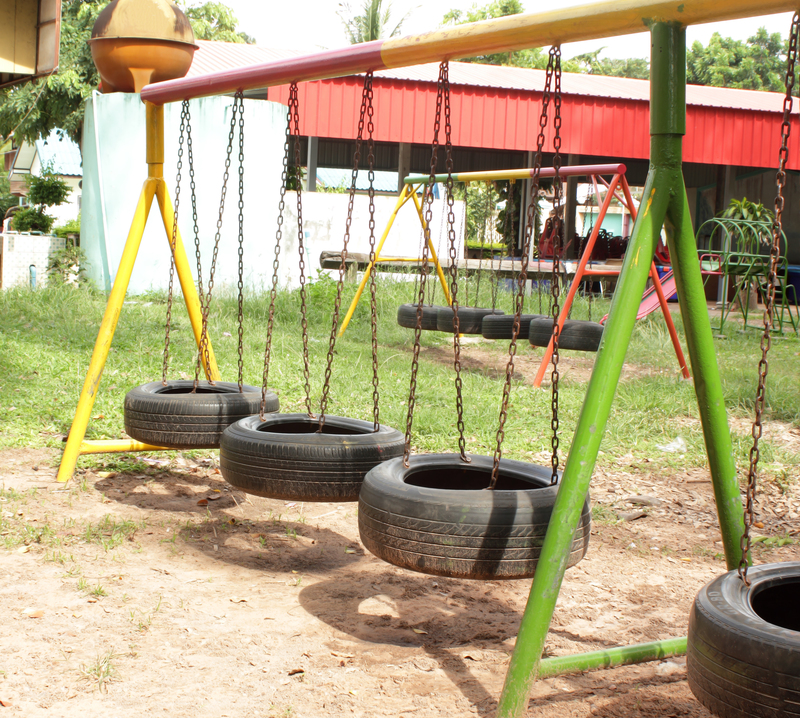Upsides and Downsides of Waste-to-Energy Incineration
Posted on 15/05/2024
Waste management has become a pressing issue as our landfills continue to overflow and contribute to environmental degradation. To combat this problem, many countries have adopted waste-to-energy incineration as a means of disposing of their solid waste while also generating electricity. Although this method seems to offer a promising solution, there are both upsides and downsides to consider. In this article, we will delve into the pros and cons of waste-to-energy incineration and see how it compares to other waste management techniques.
The Upsides
1. Reducing the Volume of Waste
One of the biggest advantages of waste-to-energy incineration is its ability to significantly reduce the volume of solid waste. On average, incineration reduces waste by 90%, which greatly reduces the pressure on landfills and helps extend their lifespan.
2. Generating Electricity
The energy produced from burning waste can be converted into electricity that can power homes and businesses. This provides a reliable and renewable source of energy that can help reduce reliance on fossil fuels.
3. Cost-Effective
Compared to other waste management techniques such as landfilling, incineration can be more cost-effective in the long run. This is because it reduces the amount of waste that needs to be transported and disposed of in landfills, ultimately saving municipalities money on transportation and landfill costs.
4. Lower Greenhouse Gas Emissions
Incineration also produces fewer greenhouse gas emissions compared to other methods such as landfilling or composting. This is because burning waste releases methane which is a potent greenhouse gas, but incinerators are equipped with filters that capture these emissions.
5. Safe Disposal of Hazardous Waste
Certain types of hazardous waste cannot be safely disposed of in landfills as they can contaminate the surrounding environment. Incineration provides a safe way to dispose of these materials without harming the environment.

The Downsides
1. Air Pollution
While incineration reduces the volume of waste and produces energy, it also emits air pollutants such as carbon dioxide, nitrogen oxides, and sulfur dioxide. These emissions can contribute to air pollution and have adverse effects on human health.
2. High Initial Investment
The construction and operation of waste-to-energy incineration plants require a significant initial investment. This may make it unfeasible for smaller municipalities to adopt this method of waste management.
3. Limited Waste Sorting
Waste-to-energy incineration relies on burning all types of waste, including recyclable materials. This limits the opportunity for recycling and may discourage individuals from properly sorting their waste.
4. Ash Disposal
After incineration, there is still a leftover residue called ash that needs to be disposed of carefully. If not handled properly, ash disposal can lead to contamination of soil and water sources.
5. Public Perception
Despite its benefits, waste-to-energy incineration has faced opposition from some communities due to concerns about air pollution and potential health risks. This negative perception can hinder the widespread adoption of this method.
The Pros and Cons Summarized
Pros:
- Reduces the volume of waste in landfills
- Generates electricity
- Cost-effective in the long run
- Lower greenhouse gas emissions
- Safe disposal of hazardous waste
Cons:
- Air pollution
- High initial investment
- Limits waste sorting opportunities
- Requires careful disposal of ash
- Negative public perception
Tips for Effective Waste-to-Energy Incineration
1. Implement Proper Emission Control Measures: To reduce air pollution and protect public health, it is crucial for incinerators to have effective emission control measures in place.
2. Invest in Modern Incinerator Technology: Newer technologies have been developed that minimize harmful emissions and increase energy efficiency. Investing in modern incinerators can help mitigate downsides associated with waste-to-energy incineration.
3. Strict Waste Management Regulations: Governments must implement strict regulations and monitoring protocols to ensure proper waste sorting and handling, as well as appropriate disposal of ash.
4. Educate the Public: Raising awareness about the benefits and proper usage of waste-to-energy incineration can help alleviate negative perceptions and encourage individuals to sort their waste correctly.

The Takeaway
Waste-to-energy incineration has its advantages in terms of reducing the volume of waste, generating electricity, and providing a safe disposal method for hazardous waste. However, it is not without its downsides, such as air pollution, high initial investment, and negative public perception. To effectively utilize this method, proper emission control measures, modern technology, and strict regulations are essential. Educating the public on the benefits and best practices can also help address concerns and promote effective waste management practices.
Conclusion
In conclusion, waste-to-energy incineration offers a promising solution to our growing waste management problem. Its ability to reduce the volume of waste, generate electricity, and safely dispose of hazardous materials cannot be overlooked. However, careful consideration must be given to its downsides as well, and steps must be taken to mitigate them. With proper regulations and education, we can harness the benefits of this method while minimizing its potential negative impacts on the environment and public health.










